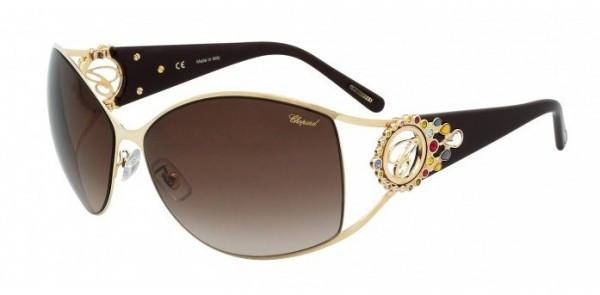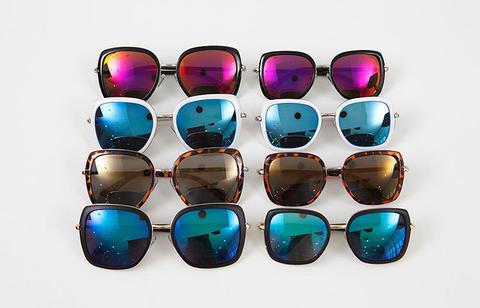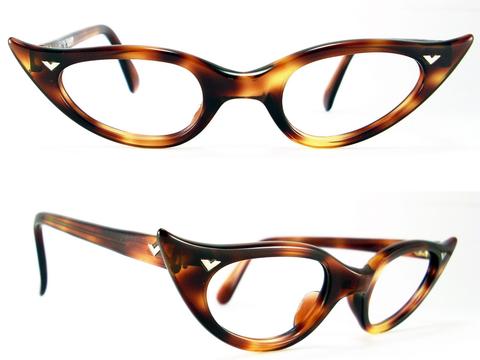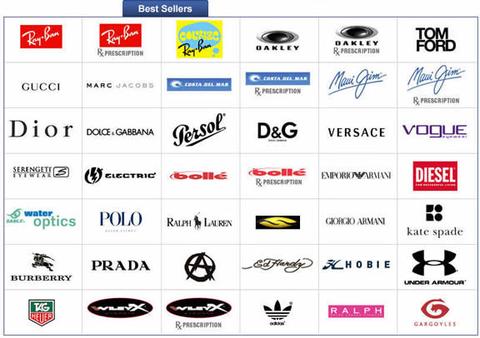
Sunglasses are made for the sole purpose of providing protection against ultraviolet rays. The UV light can cause damage to ones retina and cornea. Good sunglasses should be able to minimize the effect of ultraviolet rays.
Sunglasses are also meant to provide protection from extreme light. Intense light is known to cause damage to the iris which will in turn cause squinting. If the conditions progress, the retina will become damaged too.
Sunglasses are made to provide adequate protection from glare. Glare is caused by sunlight reflection on surfaces such as water. A good pair of sunglasses should remove the glare by polarization.
In addition to this, they also eliminate specific light frequencies. These frequencies can cause blurred visions or enhance contrasts in items.
Any pair of sunglasses can give you protection against the harmful sunlight rays. But only the good quality sunglasses can help you achieve the benefits of having sunglasses. Good quality comes at a costly price. Expensive is the term used.
When your sunglasses lack adequate UV protection, one is more exposed to UV rays. Cheap sunglasses will only block some of the rays, while allowing some light into the iris. As a result, damage will still occur to the retina.
Purchasing a high quality pair of sunglasses ensures that you maintain and protect your eye health. Many manufacturers of high quality sunglasses as such as timberland, Nike, Gucci and Kenneth Cole make huge claims on the features and technical qualities of their sunglasses. This makes a good pair of sunglasses range between $20 up to hundreds of dollars.
Inexpensive sunglasses are made out of the ordinary plastic lens with a thin coating of tint on them. With the tint color and frame design, they may resemble famous designs such as the ray ban or Oakley x-metal Romeos. High quality sunglasses on the other hand are different and this is what makes them very expensive.
A good pair of sunglasses is extremely effective in terms of light conditioners. It should be able to modify any incoming light so that it can match it to your eyes. For this, one must be able to understand that light has electromagnetic energy. The wave of light is measured in wavelengths. Light wavelengths visible to humans range from 400 to 700 nanometers. The amount of energy contained in a light wave is inversely proportional to its wavelength. The shorter the wavelength, the higher the energy it contains. In the visible light wavelength, red ahs the least energy while violet has the most energy. UV light is above the visible light spectrum. Hence, it has a lot of high energy which is quite damaging to the cornea and retina.
The intensity of light is often measured in lumens. When indoors, artificial light is usually at about 40 to 600 lumens. On a bright and sunny day when one is outdoors, the intensity may range from 1000 to 6000 lumens. Most human eye are comfortable at about 3500 lumens, above this figure, one will start seeing white flashes which happen to be glares.
Here is where sunglasses come in. see; they are made out of various technologies to eliminate all these effects of high energies and intensities of light. Such technologies include polarization, tinting, mirroring, UV coating, photo chromatic lenses, scratch resistant coating and anti-reflective coating. Sunglasses may contain one of these technologies or a combination of a variety of the technologies.
When tinted, the color of the tint will determine what wavelengths of light are absorbed by the lenses. The lens color range from gray, yellow, brown, green, purple to black. Constant density is used when tinting lenses. It involves the use of glass or a polycarbonate mixture which has a uniform color throughout the material. The tint is then incorporated right into the lenses when they are made.
In making glasses, polarized filters are another technology that can be used. The chemical compound to be used is composed of molecules which naturally align parallel to each other. The filter is usually applied to a transparent glass or plastic. The chemical film is applied uniformly to the lens such that the molecules create a microscopic filter which will absorb any light that matches their alignment. Polarized sunglasses are made so as to reduce the glare which is brought about by reflections on horizontal surfaces. They are hence fixed at an angle that only permits the entry of vertical light.
The other technology used in sunglasses which makes them to be expensive is photochromatic. These are meant to darken when exposed to the sun. They contain molecules of substances such as silver halide and silver chloride in them. In the absence of UV light, the molecules are transparent to visible light. When exposed to UV light under the sun, the molecules undergo a chemical change which makes them to change their shape. This enables them t absorb part of the visible light hence they darken.
Mirroring and scratch resistant coatings

These sunglasses are created to have a mirrored look. The lenses contain a reflective coating which is applied in a very thin and sparse layer, hence referred to as a half silvered surface. This half silvered surface will reflect almost half of the light that strikes its surface.
Mirror coating used as a gradient which changes its shades from top to bottom. This is to provide additional protection from the light above while allowing light from beneath and straight ahead. In other sunglasses, the coating is bi-gradient such that it allows light at the middle while the top and bottom are shaded.
In such sunglasses, the scratch resistant coating is first applied while the reflective coating is applied over the scratch resistant coating.
Most plastic lenses are not scratch resistant. As a result manufacturers use optically clear hard films to the lens. The films are made out of materials such as polycrystalline diamond or diamond like carbon. A thin yet durable film is created on the lenses surface by the process of ionization.
Anti-reflective and ultraviolet coatings

Sunglasses cause back glare. This is the light which hits the back of the lenses then bounces right into the eyes. Anti-reflective coating is made to reduce the reflection off the lenses. This is made using a hard, thin film which is layered on the lens. It helps to balance the light intensity from the inner surface and the light reflected from the outside. The idea of destructive interference is used in this technology.
Ultraviolet coating aims at diminishing the UV radiations. A good pair of sunglasses should filter out 100% of UV rays.
In addition to the technology used in making sunglasses, its specific features may also contribute to it being highly priced.
The material of the lenses. These include CR39 which consists of hard resin, polycarbonate which is a synthetic plastic material which has great strength and is lightweight. The material is more impact resistant and lighter. Glass lenses on the other hand are more resistant to scratches but tend to be heavier. Lenses may also be developed by specific manufacturers such as Oakley’s Plutonite plastic lenses.
The quality of lens will also influence its price. Optical quality lenses such as glass and polycarbonate lenses are often recommended. They are free from waves and have an even color distribution. When looked through with one eye closed, a good quality lens should show straight lines when viewed through. Poor quality lenses are known to cause distortion.
Special coating and other features. Water proof, anti-reflective, mirror and scratch resistant coatings should increase the functionality of lenses. These will add an extra cost to the sunglasses. These coatings are included to offer better protection, increase clarity and provide higher contrast.
Lens and frame designs. Normal frames do not usually filter out ambient light, direct light or glare from other angles. On the other hand, wrap around frames, side real attachments and larger lenses help keep out extra light from the eyes. These come at an extra cost making sunglasses expensive.
The material of the frames.

This influences both the cost and durability of the sunglasses. Branded sunglasses are made using high strength, metal or light weight composite frames. This will make such sunglasses expensive. They may also be made using tension springs instead of screws to connect the arms to the face.
The brand of the sunglasses.
 A known and well celebrated brand will definitely be expensive. Brand names are associated with extravagance, pride and excellent quality. Names such as Gucci, Ray Ban, Revo, and Serengeti will add an extra cost when purchasing sunglasses due to the investments made in creating their identities
A known and well celebrated brand will definitely be expensive. Brand names are associated with extravagance, pride and excellent quality. Names such as Gucci, Ray Ban, Revo, and Serengeti will add an extra cost when purchasing sunglasses due to the investments made in creating their identities




